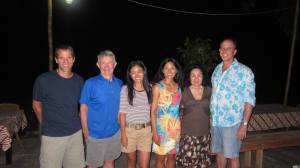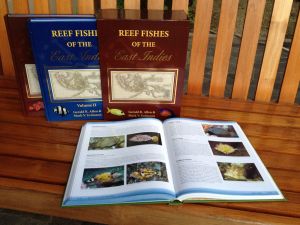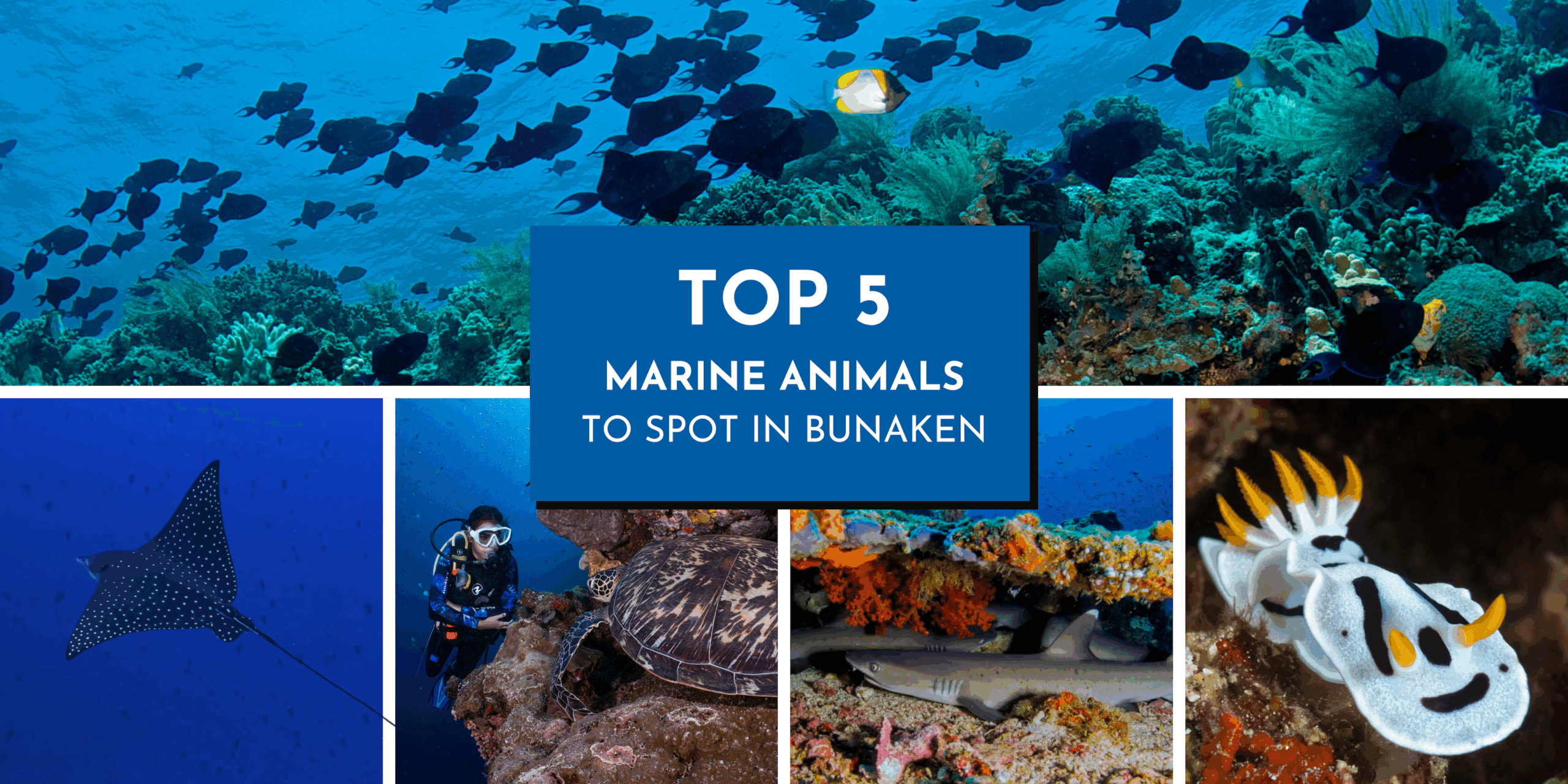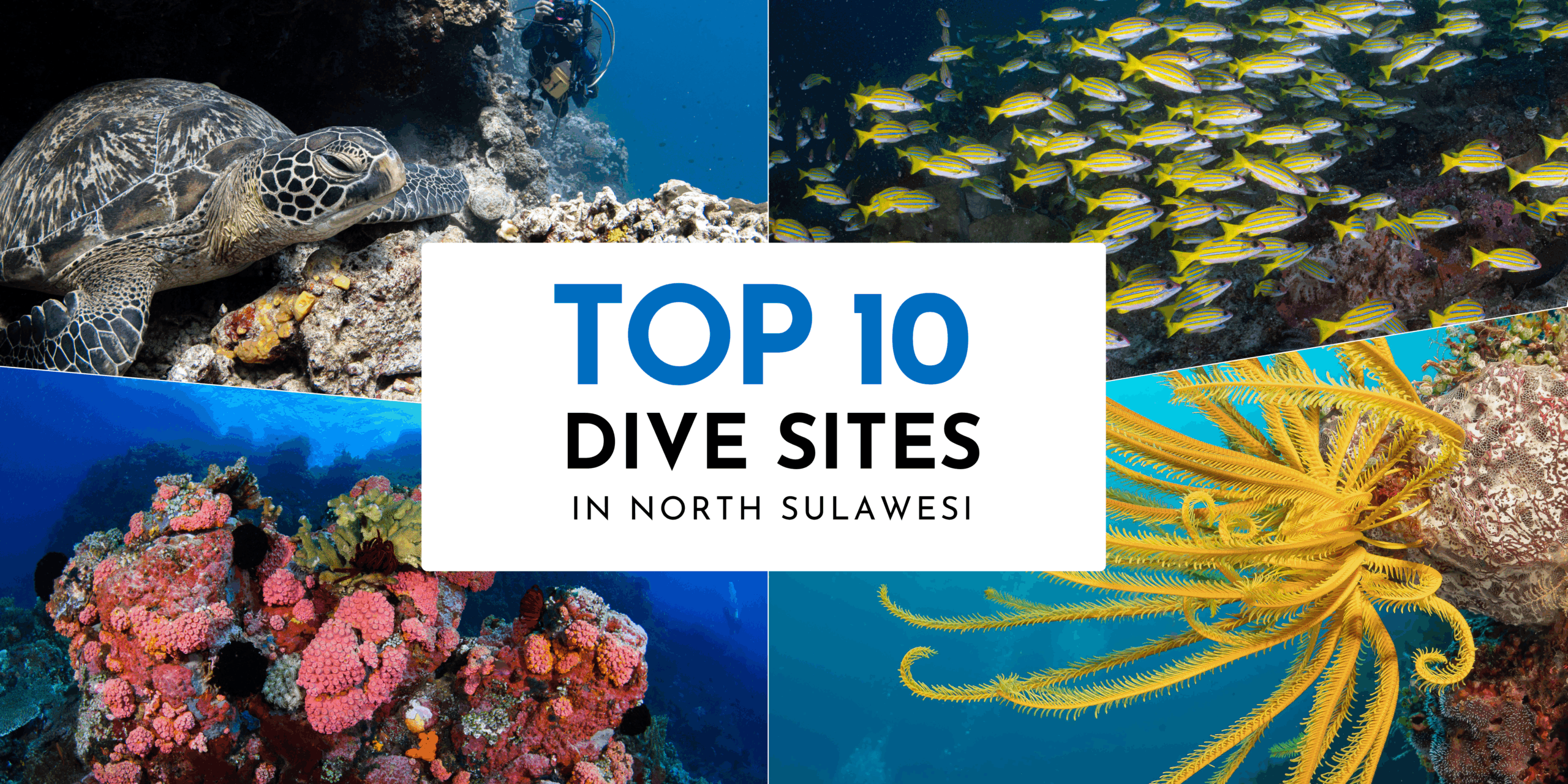Story from a dive legend!
I take great pride when I look back on a mainly trouble-free diving career spanning some 45 years and more than 10,000 dives. Aside from a couple of minor hits of the bends and a few scary encounters with sharks I’ve so far managed to avoid any life-threatening incidents – that is until my most recent trip to the island of Madagascar.
My 24-year tenure as Curator of Fishes at the Western Australian Museum helped launched a new career 17 years ago as a full-time consultant for various conservations organizations, especially US-based Conservation International and The Nature Conservancy. The work allows me great freedom to pursue my consuming interest in the classification and geographic distribution of coral reef fishes. Each trip to a new destination in the vast Indo-Pacific region provides a wealth of information which is incorporated in a master data set, containing individual maps and ecological data for nearly 4000 species. Therefore, I eagerly accepted an invitation from the Wildlife Conservation Society (WCS) to join a two-week survey at Andavadoaka, a remote outpost on Madagascar’s southwest coast during late November 2005.
Andavadoaka is located about 120 kilometres north of Tulear, the largest town in southern Madagascar. It is the site of a small fishing village and Coco Beach hotel, the headquarters for Blue Ventures, a London-based organization that is working with the local community to conserve its coral reefs. I didn’t really know what to expect when we embarked by 4WD from Tulear after a 3-hour flight from Antananarivo, the nation’s capital far to the north. I was mildly shocked when we abruptly turned off a rough bumpy road onto a winding narrow track. For the next five hours we weaved and fish-tailed our way through deep sand amidst a desert setting that was reminiscent of America’s southwest.
I was accompanied by Simon Harding, a marine biological consultant for WCS and Doug Fenner, a coral expert from American Samoa. We arrived long after dark, but were warmly greeted by Blue Ventures’ Andavadoaka project director, Jenny Hyde. Over the next 10 days we settled into a daily routine of two dives. Mornings were generally calm, but strong winds made boat travel hazardous during the afternoon. So we tried to finish our work before about one o’clock each day. Afternoons were spent entering data on our lap tops and exploring the surrounding countryside and nearby village.
The Blue Ventures project is fueled by a small band of dedicated staff, and especially by a corps of enthusiastic volunteers that provide the real muscle power. The volunteers come from a wide range of backgrounds and pay their own airfares to Madagascar in return for room and board, and lots of diving. They visit regular transect sites and record data on invertebrates and fishes. Local reefs were devastated by bleaching events in 1998 and 2000 and one of the main goals of the project is to closely monitor the coral regrowth. To this end WCS are working in close cooperation with Blue Ventures.
Throughout the two-week survey, we were hampered by strong winds and rough seas. Mornings were generally calm, but by approximately one o’clock the wind picked up to such an extent that diving was not practical in the afternoons. Consequently, we made an effort to start diving as early as possible each morning and were limited to only two dives per day. We were land-based at Coco Beach Resort, a fairly primitive, but nevertheless comfortable hotel near Andavadoaka village. We did all our diving from a Police Department boat from Morombe the nearest town of any size, situated about 35 kilometres north. The boat was staffed by two young police officers, who were not divers and demonstrated a total lack of sea sense and incredibly poor boat handling skills. In hindsight, we should have never embarked on the fateful dive with this kind of surface support.
On Wednesday, 7 December we were on site at Andriavamaike Reef at 8:15 AM. The current was very strong (estimated at 3-4 knots), and I had second thoughts about making the dive, considering the conditions, depth (20 m to the top of the reef) and inexperienced crew. Nevertheless, the five of us (I was accompanied by Simon Harding and Helen Crowley of WCS Madagascar, Tom Hardy, a marine biologist from the UK, and Doug Fenner) commenced the dive at 8:30. Due to the depth we were limited to 30 minutes on the bottom. For the entire dive we fought the strong current, moving at a snail’s pace in an up-current direction. When we finally headed for the surface we were swept down-current at a rapid pace and had covered a fair distance by the time we completed a 5-minute decompression stop about 4 metres below the surface.
When we surfaced the boat was approximately one kilometres away, still hovering over the approximate dive site. The boat did not anchor due to a lack of sufficient anchor line. I took off my bright yellow swim fins and frantically waved them overhead. We had also sent up a red safety sausage about two minutes before surfacing, and Tom began to wave it back and forth as soon as he surfaced.
Ten minutes later the boat had completely vanished from view and we knew that we were in trouble. Tom is in his early 30s and an accomplished triathlete and was easily the best swimmer among the five of us. He began swimming against the current and although he made very little ground, his effort quickly distanced him from the rest of us. We tried to keep up, but in only about 15 minutes completely lost site of him, as well as the buoy he was towing. The wind was steadily building and horizontal visibility was greatly reduced due to the swell and waves. Later, Tom told us his strategy was to try and get back up to the boat so he could direct them down-current to our position.
Initially, we held out hope that the boat driver would have the common sense to look for us in the down-current direction, but this was not to be. We were swept along by the current in a southerly direction at a rapid rate. Simon was the only one who had good knowledge of local geography and suggested that we try and swim to the extensive reef south of Nosy Hao, a sandy islet situated about 3 kilometres to the east. This seemed an especially good idea as we could actually see the island when we occasionally rose high up on a passing wave. We finned as hard as possible for the next two hours, but it became increasingly obvious we were losing ground. We were still in the clear blue oceanic water of the outer shelf and glimpses of the island were becoming few and far between. At this point our spirits were really down. It seemed a genuine possibility we would be swept well out into the Mozambique Channel.
About this time we noticed a prominent sand dune far to the south that seemed to lie directly in the path of the current and strong following sea. After a quick discussion we decided to make this our new target and began to ride the current in that direction. But it soon became apparent that we would have to make a major effort, cutting across the southerly flow, to intersect our intended goal. If we floated passively the strong south-flowing current would take us well east of the target. So we continually angled our swimming effort towards the east.
For the first four hours it was difficult to detect any appreciable progress. Sightings of land were intermittent at best and the weather rapidly deteriorated. It had not rained for the entire two weeks at Andavadoaka, but now thick clouds were building and the sea swell was approximately 2.5 m in height. At about 4 PM, after we had been in the water for seven and a half hours an evil-looking black cloud stretched overhead in a northerly direction and raindrops began to fall. We hit a new emotional low and gathered closely together to prevent losing contact during the storm. We temporarily lost site of land and it now seemed a real possibility we would be spending the night in the sea. But in a matter of only 20 minutes or so the storm abated and the weather gradually improved. The sun appeared and once again we could see our sand dune marker. At last it was obvious we were making real progress. I estimated we were within only 2-3 kilometres of shore at this point and for the first time we were really confident of actually getting on land before dark.
An hour later we could clearly see the details of the shoreline and aimed our swim toward a small bay that interrupted a solid line of rocky cliffs. This also seemed to be the only place that would allow us to penetrate the impressive wall of tall breaking waves that continually pounded the shore. We cautiously approached the surge zone, but up close the breakers appeared to form a dangerous barrier. Fortunately we still had some air in our tanks and were able to dive to the bottom and pull ourselves forcibly along the bottom through the worst of the waves. Minutes later we struggled onto the beach, thoroughly exhausted after more than nine hours and 18 kilometres of swimming. I can’t begin to tell you what a great feeling it was to be on dry land once again!
We left our tanks behind and commenced walking along the shoreline. About 2 hours later, after covering about five kilometres, we came to Lamaboraha village. I can’t say enough about the huge generosity of the villagers, who provided endless drinks, warm food, and comfortable beds. It was now 9 PM, 12 hours since we had gone missing, and three villagers set out on foot on a three-hour walk to Andavadoaka, to pass on the word of our safe return. Around midnight, two vehicles arrived to transport us to Andavadoaka.
We arrived back at Coco Beach Hotel around 12:45 AM amidst much rejoicing.
Chris Alliman, the medical doctor with Blue Ventures and his wife Elizabeth Carlson had set up an emergency hospital in the hotel dining room. They checked us over for any medical problems and provided much needed drinks with generous rations of soup and chocolate. We were especially elated to discover that Tom had made it safely back to shore on Nosy Hao and had been picked up at 2:30 that afternoon.
We were all deeply touched and absolutely amazed by the incredible effort that went into organizing an all-out search for us. But we were equally dismayed by the total incompetence displayed by the police boat staff. They had not reported our disappearance until almost noon, more than three hours after we entered the water, despite the fact they had a radio on board! No doubt they were embarrassed to report that they had lost the team of divers. It was not until they radioed for additional fuel that they admitted there was a problem. This critical delay no doubt prevented search boats from locating us. By the time two vessels were able to begin searching the sea conditions had badly deteriorated.
I have no doubts that we would have been safely rescued the next day if we had failed to make it ashore by nightfall. An unbelievable rescue plan had been put in place for the following day that would have seen five fixed-wing aircraft, two helicopters, and six speed boats combing the surrounding seas. The operation was set to begin at 4AM the next morning. We are thankful this effort was no longer necessary, but are extremely grateful for the organisational skills of Jenny Hyde and Herilala Randriamahazo (WCS Director Marine and Coastal Program) who used their satellite phones to great effect. They received an incredible response from Blue Venture’s head office in London, WCS, Conservation International, and the US Consulate in Madagascar, just to name a few of the major players. They also arranged for possible support from the French Navy and a search helicopter was provided by the President of Madagascar. Good going guys!
Back home in Perth my wife Connie received a phone call late that night, from friends at Conservation International, relaying the news that her husband and four companions had been missing at sea for approximately six hours, but did not have any details. Another call followed at 2 AM saying that a search had been mounted, but there was still no sign of the missing divers. You can imagine her immense relief when the good news finally arrived that we were safe and sound. This came at about 5 AM after she had spent the night camped next to the phone with the support of our wonderful next-door neighbours Pete and Mary Earnshaw.
The next day at Andavadoaka I was wakened from a deep sleep by beautiful singing that grew louder by the minute. I was roused out of bed by hotel staff, who informed me that all the people from the nearby village were marching to the hotel to celebrate our safe return. By the time I reached the dining area a crowd of about 100 people had gathered around the veranda. They preformed a traditional “fomba”, in our honor including singing, dancing, and plenty of speeches. It was heartwarming to witness the genuine happiness and relief expressed by these total strangers. Later in the day Helen Crowley presented cash donations to the school and women’s societies of both Andavadoaka and Lamaboraha as a token of our appreciation.
The final take-home message from this experience is to always follow sound judgment in potentially dangerous situations. In retrospect, we should have aborted the dive in view of the sea conditions and inexperienced boat crew. At the very minimum, one of us should have sacrificed their dive and stayed on board as a surface watcher. Believe me, this would have spared a long day of suffering.
Gerald R. Allen






